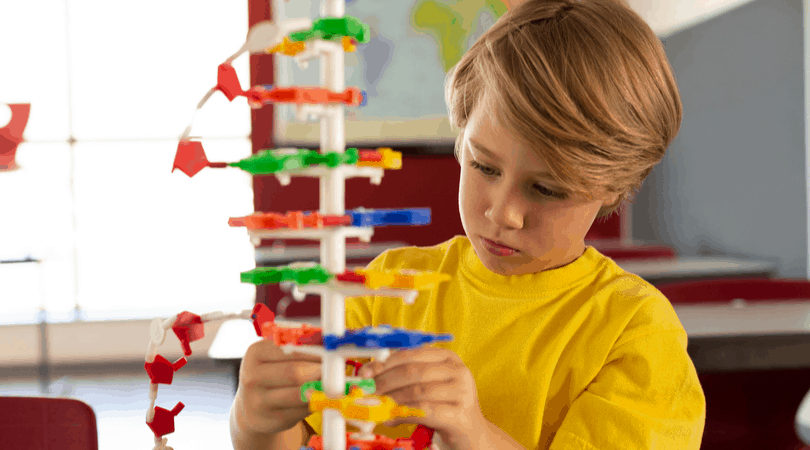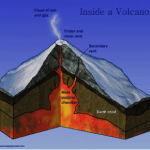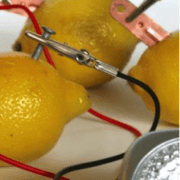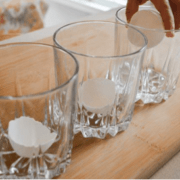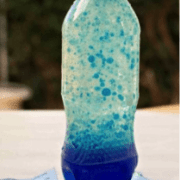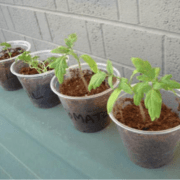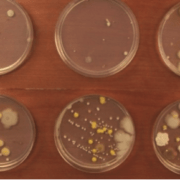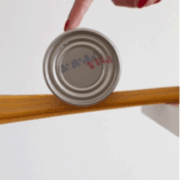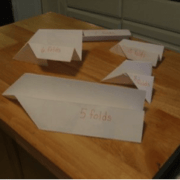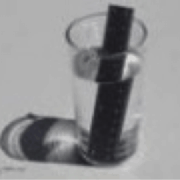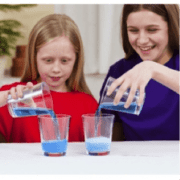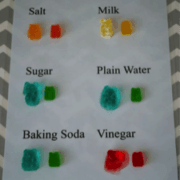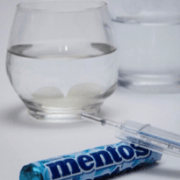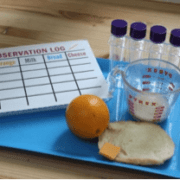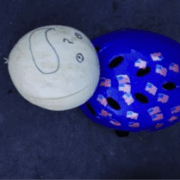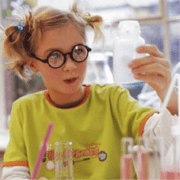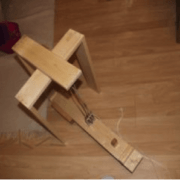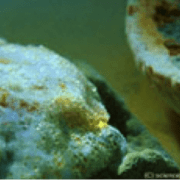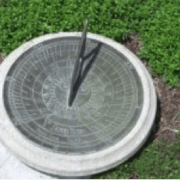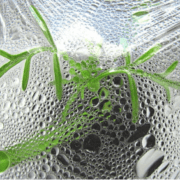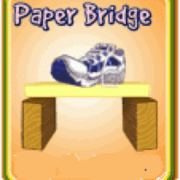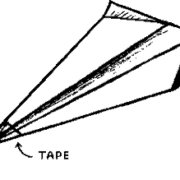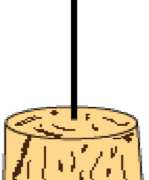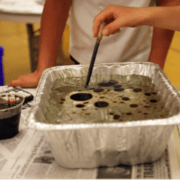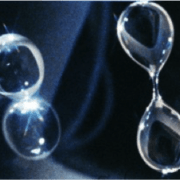Is your 4th grader getting ready for his/her first science fair? Fear not, we have rounded up a list of 25 great fourth grade science fair ideas to get you started! Remember, the whole point of a science fair is for your child to learn about science in a hands-on way, so resist the temptation to “help” too much. Plus we’ve deliberately chosen easy projects that your fourth grader should be able to do with minimal supervision or help from an adult.
In this post, we’ve assembled 25 easy science fair project ideas for 4th grade. We link each project description to its original source, where you can get more information and step-by-step instructions.
Learn all about volcanoes, then make one of your own!
Recommended for Grades 4.
Source: www.scienceprojectlab.com
When life gives you lemons, make a battery!
Lemon Power is a fascinating experiment that you can attempt to duplicate with other fruit. Which fruit makes the best battery? Experiment and find out!
Recommended for Grades 4-5.
Source: www.kidsactivitiesblog.com
A Science Fair Project on Tooth Decay by Jennifer Elrod
Doing an experiment on tooth decay is both beneficial and interesting. It only requires a few inexpensive materials and a week’s worth of observation and record keeping. The experiment requires no work after the initial setup.
Recommended for Grades 4-5.
Source: www.ehow.com
Homemade Lava Lamp by Alexa Bach McElrone
This project takes about 2 hours to complete the experiment and the write-up. Kids will get to explore the relationship between oil and water in terms of density as well as hydrophilic/hydrophobic compounds.
Recommended for Grades 4-5.
Source: http://www.education.com
How the Amount of Light Affects Germination and Growth.
The goal of the project is to find out how different lighting conditions affect seeds germination and growth. This article will give you the step by step procedure for this project.
Recommended for Grades 4-5.
Source: www.scienceprojectlab.com
Growing Bacteria in Petri Dishes by Steve Spangler
A Petri dish prepared with nutrient agar (a seaweed derivative with beef nutrients) is an ideal food source for the bacteria you’ll be growing. Collect samples from around the house or classroom and record the results for the one with the most bacteria.
Recommended for Grades 4-5.
Source: www.stevespanglerscience.com
Bridge Project by Sarah Benton
This project explores the basic physics of bridges. The goal is that the student will develop an understanding through experimentation of which shapes are the most structurally strong, and that many factors are taken into account in engineering and building.
Recommended for Grades 4-5.
Source: www.education.com
Paper Airplane Science Fair Project
Create your own hypothesis about paper airplanes, then start your experiment. This article gives you all of the information you need.
Recommended for Grades 4-5.
Make your own barometer and then use it to test weather conditions on a dry day, a rainy day, a cloudy day, etc.
Recommended for Grades 4-5.
Source: www.hubpages.com
In this activity, learners explore the chemical reaction between water and effervescent antacid tablets. This hands-on activity models how a material can act differently when it’s nanometer-sized. Learners compare the reaction rate of an effervescent antacid tablet that is broken in half with one that is broken into many pieces.
Recommended for Grades 4-5.
Source: www.howtosmile.org
Do Gummy Bears dissolve in water? In vinegar? In liquid soap? Test your hypothesis on a variety of liquids and find out.
Recommended for Grades 4-5.
Source: www.homeschool.com
Is Your Dog’s Mouth Cleaner than Your Mouth?
Is it a myth or fact that a dog’s mouth has less germs that a human’s mouth? Follow these simply instructions and test for yourself.
Recommended for Grades 4-5.
Source: www.ehow.com
Does Mint Actually Cool Things Down? By Jennifer Penn-Chiu
Mint-flavored gum, breath fresheners, and hard candies often advertise that mint has a cooling effect, and use images of frost and ice to demonstrate this sensation. But is this sensation a result of the mint actually lowering temperatures?
Recommended for Grades 4-5.
Source: www.education.com
This example tests the rotting of 4 different foods, but your scientist can test as many different types of food as they can imagine.
Recommended for Grades 4-5.
Source: www.notimeforflashcards.com
Helmet Crash Test by Steve Spangler
Not only will your little scientist gain a better appreciation for using a helmet, she can also learn more about the science behind it. Try testing different size melons and different height drops.
Recommended for Grades 4-5.
Source: www.parenting.com
Can Magnets Affect the Growth Process of Radish?
In this experiment, your scientist will determine whether magnets make radish plants grow faster or slower.
Recommended for Grades 4-5.
Source: www.buzzle.com
The goal of this project is to create a compound machine using pulleys and levers that would be able to lift a Barbie doll up and down by pulling a string by the player. A common problem on the playground is that you sometimes can’t find another person to go on the teeter totter with you.
Recommended for Grades 4-6.
Source: www.projects.juliantrubin.com
The goal of this project is to grow different mold species on different kind of substrates to find out if the same bread mold species will grow on all of them. Do all mold species have the same taste and preferences?!
Recommended for Grades 4-5
Source; www.scienceprojectlab.com
Making a Simple Sundial and Testing Its Accuracy
Learn how to make a sundial and then test its accuracy with a series of experiments.
Recommended for Grades 4-6
Source: www.explorable.com
This experiment will demonstrate the water cycle and test different hypotheses on rainfall and the water cycle.
Recommended for Grades 4-5
Source: www.raisingsparks.com
This project helps you discover how to create a strong bridge using just paper. Instructions also offer some additional parameters to add into the experiment.
Recommended for grades 4-5
Source: www.teacherstryscience.org
Experiment to find the best design for a paper airplane
Recommended for Grades 4-5
Source: ScienceFairMath
Use the Energy in a Peanut to Heat Water
Just about everything has potential energy stored in it. The problem is releasing that energy to be able to do some work.
A tiny peanut contains stored chemical energy. When we eat them, the stored energy is converted by our bodies so we can do work. We can also use the energy in a peanut to heat a container of water.
Recommended for grades 4-6
Source: www.energyquest.ca.gov
This experiment will demonstrate the detrimental effects of oil spills to marine life
Recommended for grades 4-6
Source: www.explorable.com
Make Your Own Microscope with Water
Make a simple microscope using water and take a closer look at the world around you.
The lens you create with water works like a microscope or magnifying glass, allowing you to see objects in much greater detail than if you were just looking with the naked eye.
Recommended for grades 4-6
Source: www.sciencekids.co.nz

